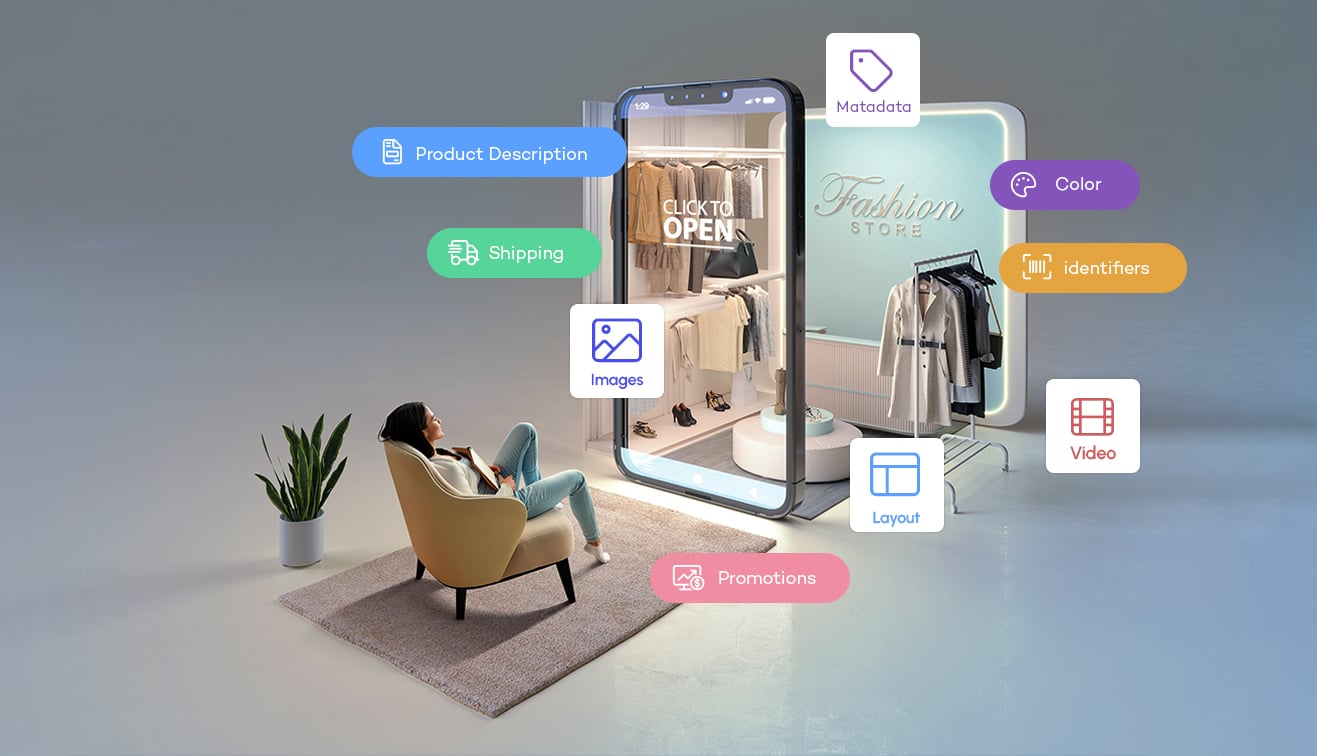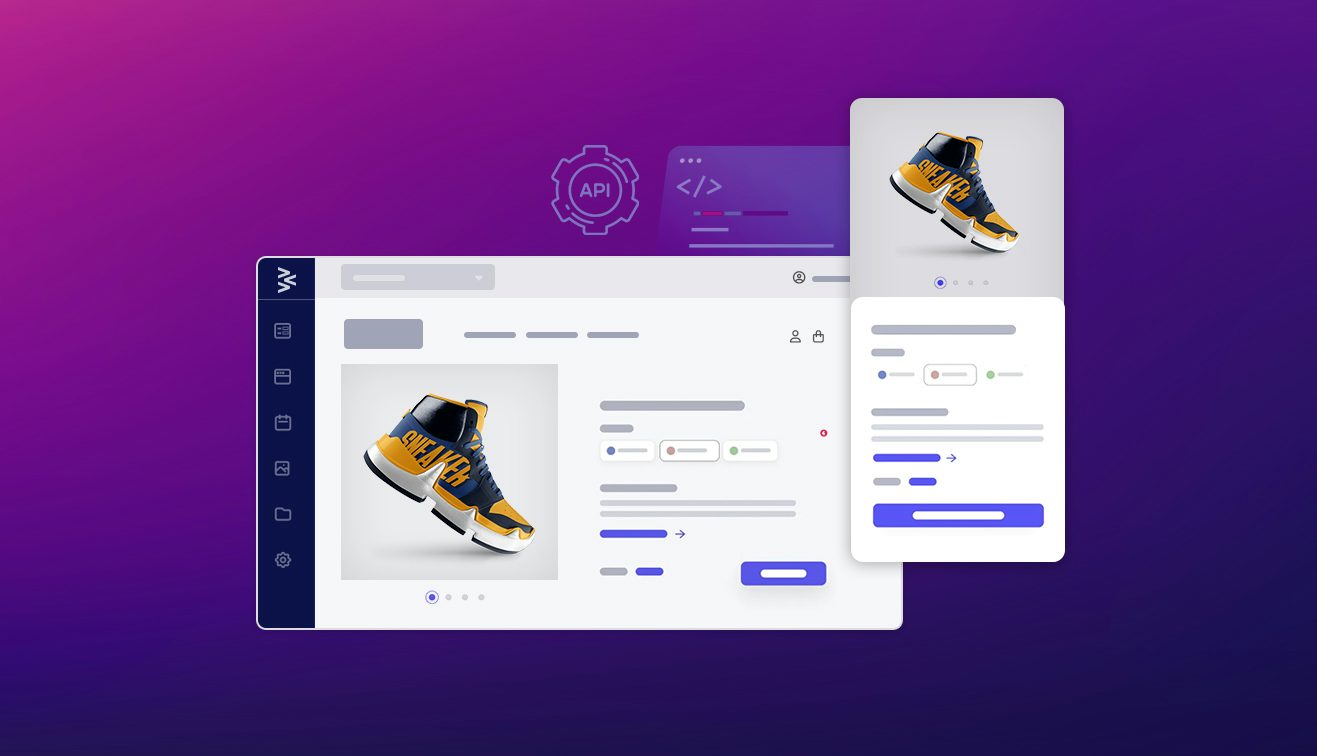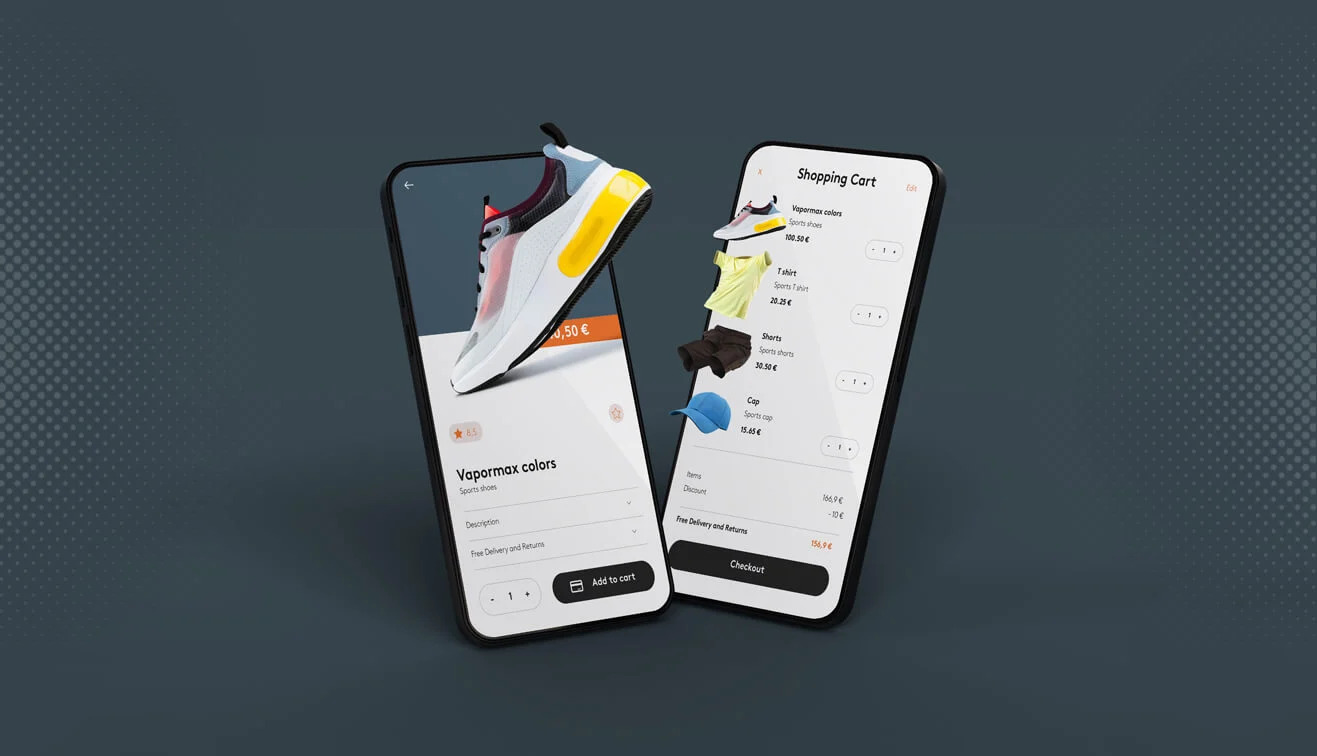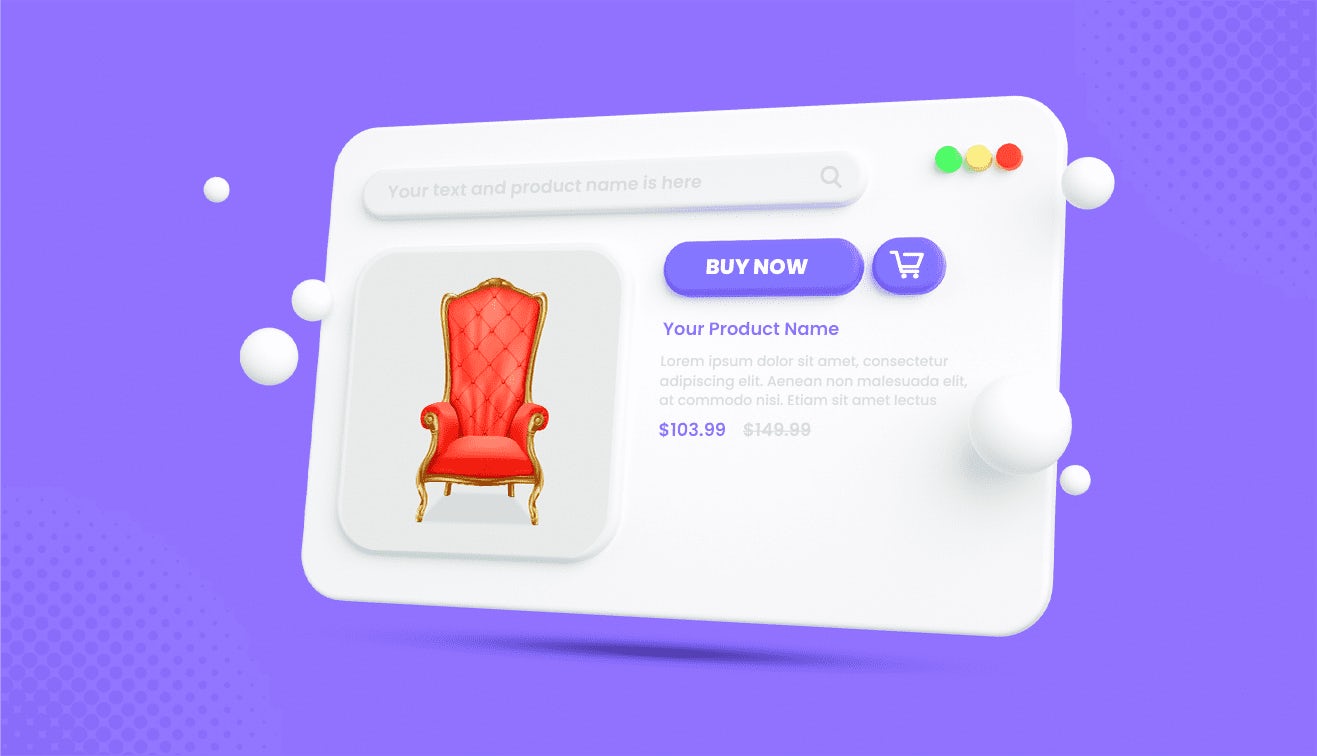Many retailers and DTC brands are using product information management (PIM) systems to effectively manage and optimize the omnichannel experience. PIM systems are centralized hubs for managing and distributing product information and digital assets across different channels.
By implementing a PIM system, businesses can streamline their data management processes, ensure the accuracy and consistency of product information, and ultimately enhance the customer experience through efficient product data management from a central hub.
According to Think With Google, omnichannel strategies contribute to approximately 80% of customer visits to brick-and-mortar stores. Moreover, up to 74% of customers conduct online research before in-store visits.
Understanding Omnichannel Strategy in Retail and DTC
An omnichannel strategy is a customer-centric approach that aims to provide a seamless and integrated experience across various channels in the retail and DTC markets.
In today's digital age, customers interact with brands through multiple touchpoints, including physical stores, websites, mobile apps, social media platforms, and more. An omnichannel approach recognizes the importance of meeting customer needs and preferences across these various channels.
In the retail market, an omnichannel approach allows customers to research products online, visit physical stores to try them out, purchase through mobile apps, and engage with the brand on social media platforms. This approach caters to customers' desire for convenience, personalization, and a consistent brand experience.
Similarly, in the DTC space, an omnichannel strategy enables brands to reach customers through multiple channels, such as their own e-commerce websites, marketplaces, social media platforms, and even physical pop-up stores.
By providing a seamless experience across these channels, DTC brands can enhance customer engagement and satisfaction.
The Role of PIM tool in Omnichannel Strategy
PIM systems are crucial in enabling omnichannel success for retailers and DTC brands. A Product Information Management (PIM) system is a central repository for managing and organizing product information, digital assets, and other relevant data.
By implementing a PIM system, businesses can ensure product information's accuracy, consistency, and availability across various channels. This allows customers to access detailed and up-to-date information about products, enhancing their overall shopping experience.
A PIM system enables businesses to effectively manage and distribute product information to different channels, such as e-commerce websites, marketplaces, mobile apps, and physical stores.
It acts as a single source of truth for product data, eliminating data silos and ensuring that all channels have access to accurate and consistent information. This makes PIM an essential tool for mastering an omnichannel strategy, as it streamlines the management of product information across all sales channels, including digital channels, providing the needed information for successful retail and DTC operations.
Also Read: Retail Times – The Future of the High Street
How Product Information Management Powers Omnichannel Success
PIM systems play a crucial role in powering omnichannel success by ensuring accurate and consistent product information across various channels. A well-implemented PIM system can significantly enhance the customer experience and drive customer satisfaction.
By centralizing product information and serving as a single source of truth, PIM systems enable retailers and DTC brands to deliver accurate and up-to-date product information to customers. This includes detailed descriptions, technical specifications, pricing, availability, and other relevant data.
When customers have access to reliable and consistent product information, they can make informed purchasing decisions, leading to higher customer satisfaction. In contrast, inaccurate or incomplete product information can result in confusion, dissatisfaction, and potential loss of business.
PIM systems enable businesses to efficiently manage and update product information across different channels. Changes made in the PIM system are automatically propagated to all relevant channels, ensuring consistency and reducing the risk of discrepancies or outdated information.
Top 5 use cases of PIM in omnichannel
- Ensuring high-quality product data across all touchpoints enhances customer satisfaction and loyalty.
- Leveraging PIM for accurate technical specifications enables seamless integration with various marketing channels.
- Maintaining a single source of truth through PIM guarantees consistent product information and optimizing marketing efforts.
- Personalizing customer experiences based on accurate data boosts sales and engagement, highlighting the efficacy of PIM in omnichannel strategies.
- Streamlining data governance and management with a PIM system eliminates errors and data silos, establishing a cohesive approach across different channels.
Implementing PIM for Omnichannel Excellence
Implementing a Product Information Management (PIM) system is essential for achieving omnichannel excellence. A well-executed PIM implementation can streamline operations, enhance data management, and enable a seamless customer experience across channels.
To implement PIM for omnichannel excellence, businesses must consider several key factors.
- Businesses must assess their existing tech stack and evaluate the compatibility and integration capabilities of the PIM system with their current systems.
- Businesses should define their omnichannel strategy and identify the specific use cases and goals they aim to achieve by implementing a PIM system. This includes determining the key product attributes, digital assets, and marketing efforts that must be managed within the PIM system.
- They must establish a master data management strategy to ensure data quality and consistency across channels. This involves defining data governance processes, validation rules, and workflows for updating and enriching product information within the PIM system.
- Integration with existing retail systems, such as ERP, CRM, and e-commerce platforms, is crucial for seamless data flow and effective omnichannel management. Businesses must evaluate the PIM system's integration capabilities and establish data synchronization processes to ensure accurate and up-to-date information across all systems.
By considering these factors and implementing a PIM system that aligns with their omnichannel strategy, businesses can achieve omnichannel excellence, enhance operational efficiency, and deliver a superior customer experience.












































































.jpg?w=3840&q=75)


.png?w=3840&q=75)











.jpg?w=3840&q=75)

